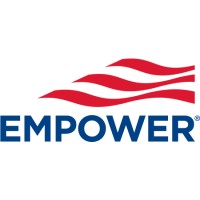
LPL Financial
LPL Financial Holdings Inc. (Nasdaq: LPLA) is among the fastest growing wealth management firms in the U.S. As a leader in the financial advisor-mediated marketplace, LPL supports over 29,000 financial advisors and the wealth management practices of approximately 1,100 financial institutions, servicing and custodying approximately $1.9 trillion in brokerage and advisory assets on behalf of approximately 7 million Americans. The firm provides a wide range of advisor affiliation models, investment solutions, fintech tools and practice management services, ensuring that advisors and institutions have the flexibility to choose the business model, services, and technology resources they need to run thriving businesses.






